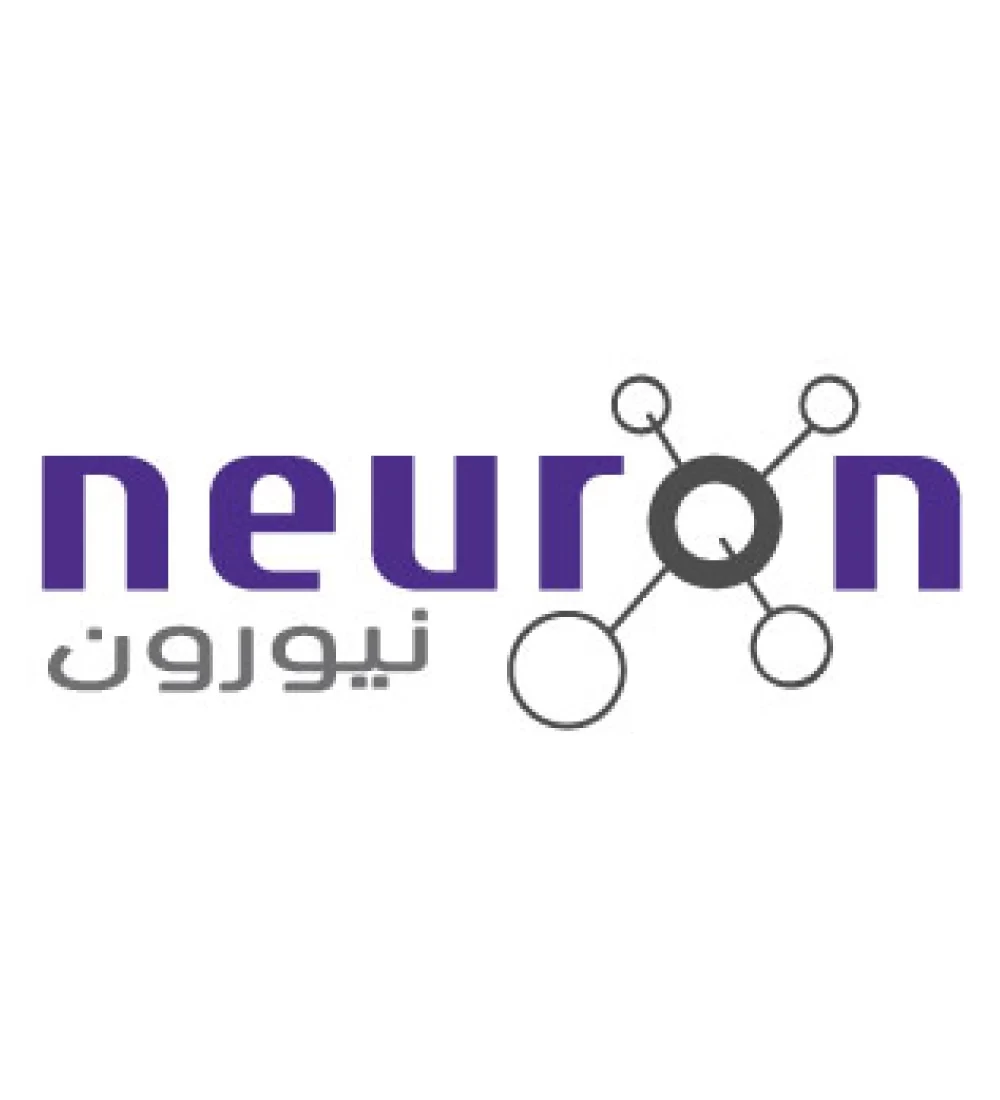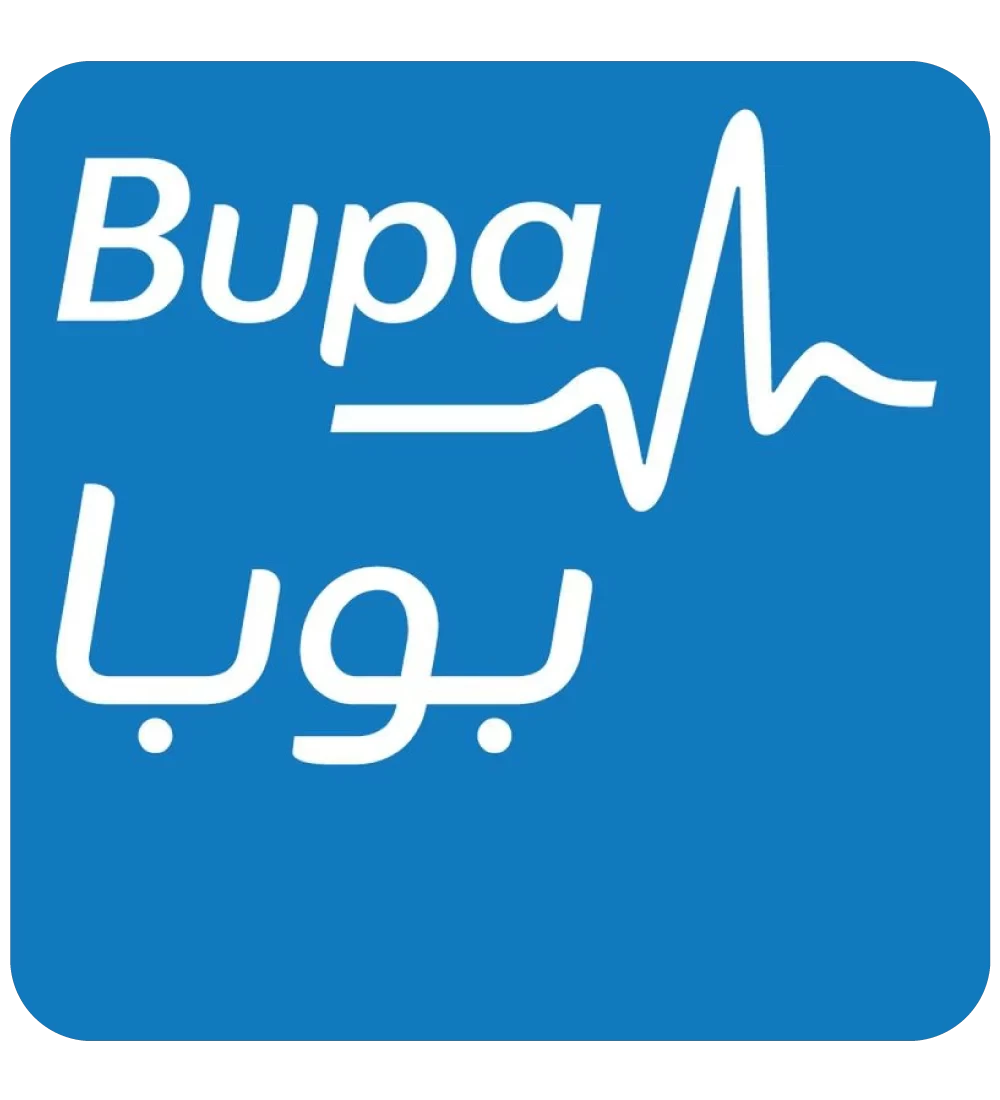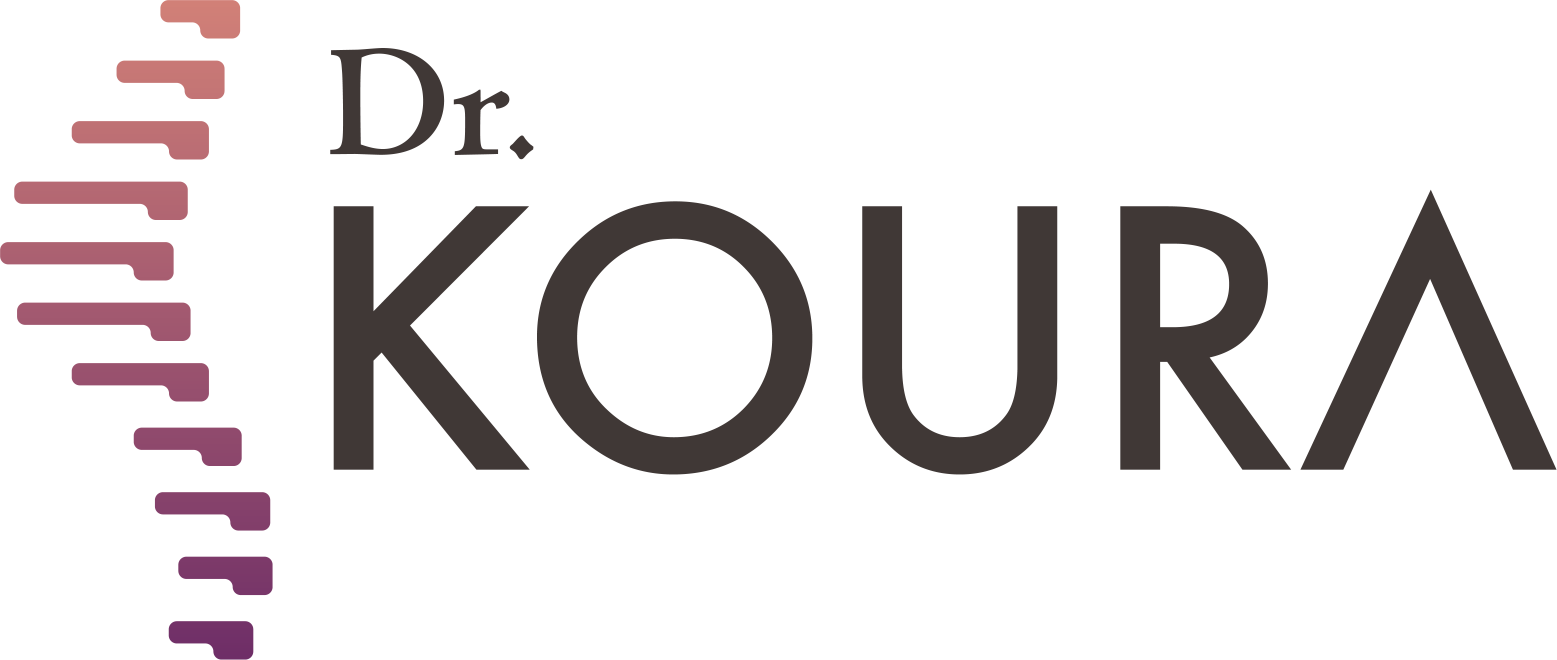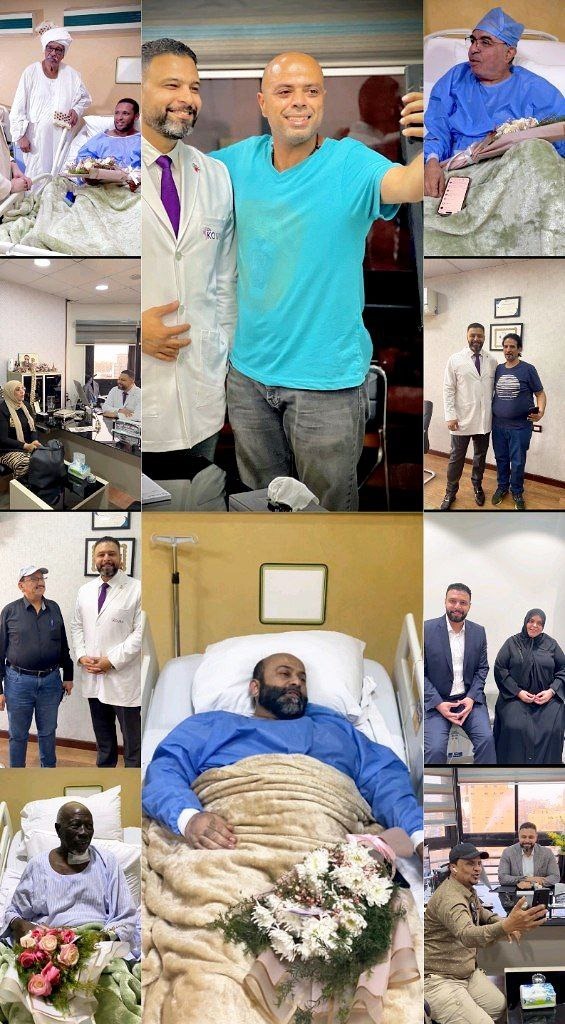
To see patients' reviews
Click hereCluster headache
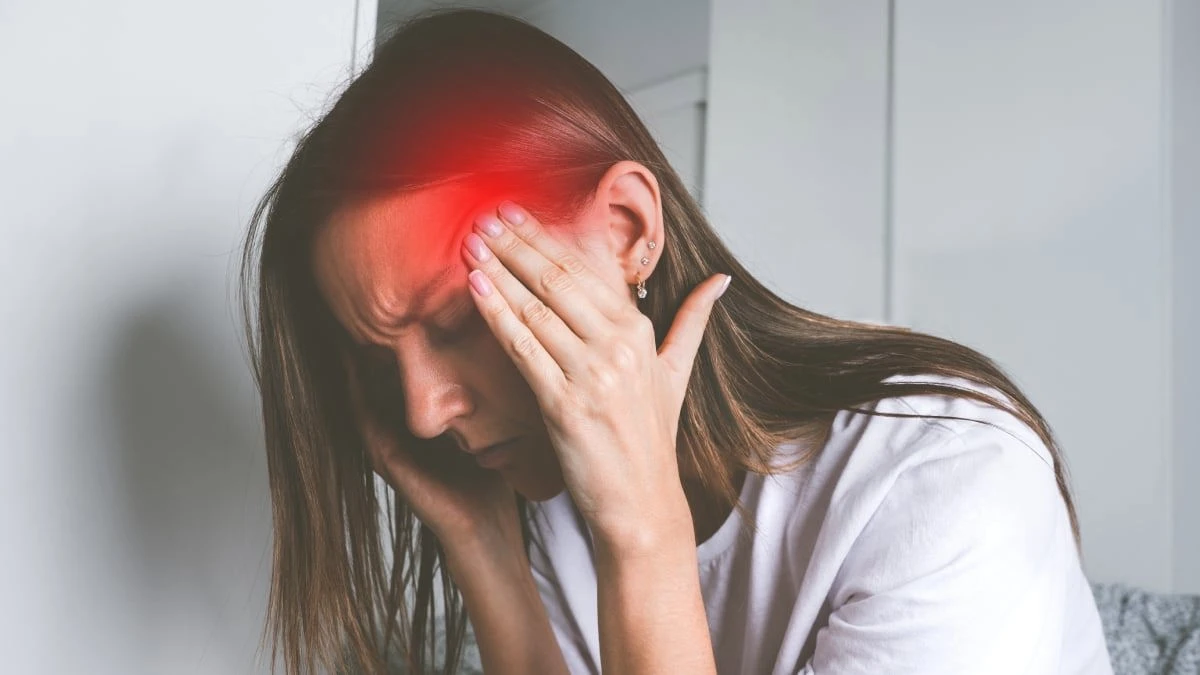

What is Cluster Headache?
Cluster headache is a rare but severe type of headache characterized by recurring episodes of intense, unilateral pain, often concentrated around the eye. It is considered one of the most painful headache types and occurs in “clusters” of episodes that can last weeks or months, followed by periods without headaches.
Causes of Cluster Headache
Although the exact cause of cluster headaches is not fully understood, several theories suggest:
1. Dysfunction in the nerve nucleus responsible for regulating these headaches.
2. Genetic factors, with a possible familial link in some cases.
3. External triggers, such as alcohol, smoking, or sleep disturbances.
4. Vascular irregularities, leading to abnormal dilation of blood vessels near the eye.
Common Symptoms of Cluster Headache
1. Sharp, localized pain around or behind one eye, which may radiate to the face or neck.
2. Watery eyes or nasal congestion on the affected side.
3. Redness in the eye and possible tearing.
4. Swollen eyelid on the affected side.
5. Restlessness, with an inability to remain lying down due to the severity of the pain.
6. Frequent attacks lasting 15 minutes to 3 hours, occurring multiple times a day.
Cluster Headache Treatment Using Radiofrequency Ablation
Radiofrequency ablation is a modern technique used to alleviate the pain associated with cluster headaches.
• Procedure:
1. Local anesthesia is applied to minimize discomfort during the procedure.
2. A thin needle is guided to the nerve nucleus responsible for the pain.
3. Radiofrequency waves are applied to selectively reduce the nerve signals causing the pain without permanent damage.
This treatment is safe and effective for reducing the intensity and frequency of attacks in patients unresponsive to conventional medications.
Preventing Cluster Headache
1. Avoid triggers like alcohol, smoking, and strong odors.
2. Maintain a regular sleep schedule to avoid disturbing your biological clock.
3. Manage stress through relaxation techniques or exercise.
4. Use preventive medications, such as corticosteroids or calcium channel blockers, under medical supervision.
5. Monitor symptoms to detect early signs of episodes and act accordingly.
Dr. Mohamed Koura is here to assist you using the latest therapeutic techniques, including thermal radiofrequency and laser treatments for spinal pain without surgery—book your appointment now from here.
Why Choose Dr. Mohamed Koura ?
Simply because he is the best doctor in his feild. He stays updated on the latest treatment technologies through his participation in various international conferences with leading foreign doctors and experts. Finally, and most importantly, Dr. Mohamed Koura is the best doctor in Egypt and the Arab world, possessing 12 non-surgical techniques for treating spinal and joint problems. He was the first to introduce modern interventional treatment techniques in Egypt & the Middle East and is the only one using the disc fx technique to treat spinal pain.
To see patients' reviews
Click hereCertainly not, some cases must be treated surgically, and the most appropriate technique for the patient is determined through a medical examination and the presence of imaging studies.
No, it is necessary to make a reservation through a phone call or social media messages.
There are no risks or side effects associated with non-surgical pain interventions.
The patient needs only 3 to 4 days before they can travel comfortably, and the hospital stay does not exceed 6 to 8 hours.
A condition cannot be accurately assessed and a proper medical diagnosis made without a medical examination and recent imaging studies.
Yes, there are several payment methods available through Visa or electronic wallets by making a reservation on our website.
Certainly, obesity is one of the causes of knee osteoarthritis.
Radiofrequency activates the nerve and does not cause any damage to it.
Non-surgical interventions are a definitive treatment for some cases and pain relievers for other cases, which is determined by the doctor through a medical examination.
If the herniated disc is fully treated, there is a possibility of it reoccurring in some cases, such as not following the doctor's prescribed instructions after the intervention, experiencing an accident, or making a sudden wrong movement like lifting heavy objects.
The entire disc is not removed due to the presence of several risks and it may exacerbate the condition. Only the protruding part that causes pain is removed.
This cannot be done with radiofrequency, but it is performed through other techniques that Dr. Koura conducts.
The success or failure of non-surgical interventions cannot be judged through radiographic imaging because these procedures involve making subtle changes to critical parts to address the issue. Consequently, they do not produce significant changes to avoid potential complications in the future or damage to the spine and joints, which is our primary goal.
Spinal stenosis does not typically cause sciatica. In most cases, disc herniation is what may lead to sciatica. This does not necessarily mean that a patient with sciatica will also have spinal stenosis.
Sciatica may return if the patient does not adhere to the medical instructions provided by the doctor or in the event of an unexpected accident.
A life without pain without surgery
Once you book with Dr. Koura
Get rid of pain with just one call.. Book your appointment now with pain Management consultant Dr. Koura.
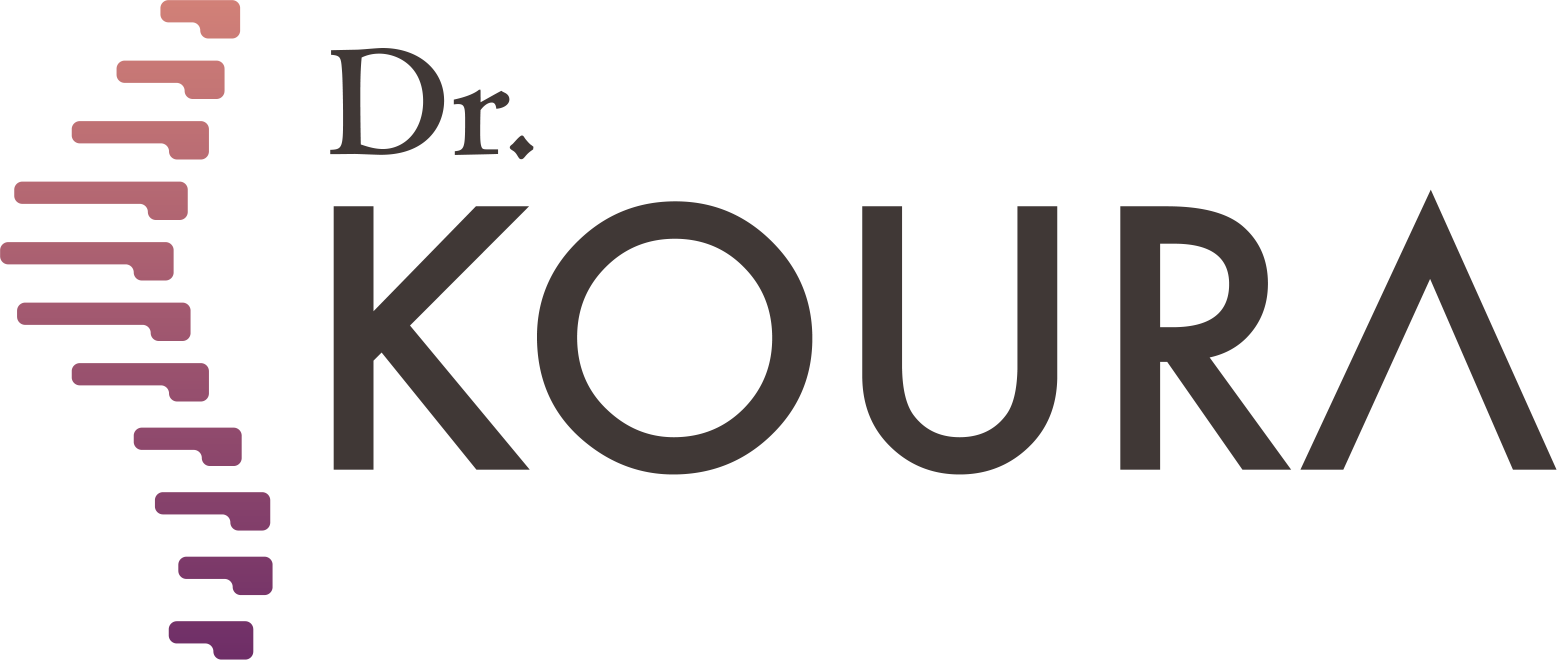





-webp.webp)




-webp.webp)







